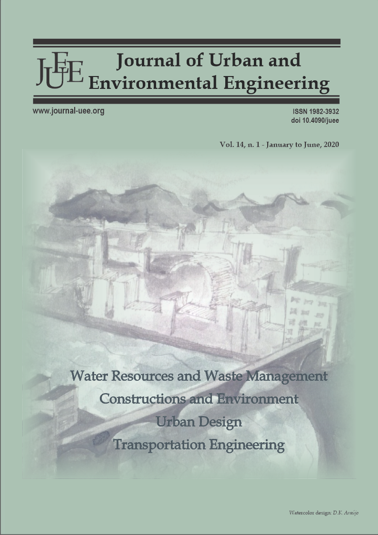ANALYSIS OF THE OPERATIONAL DATA OF A PUBLIC TRANSPORTATION SYSTEM: A CASE-STUDY OF THE BUS RAPID TRANSIT (BRT), LAGOS STATE, NIGERIA
DOI:
https://doi.org/10.4090/juee.2020.v14n1.87-97Keywords:
Operational data, public transportation system, demographic data, commuters, headwayAbstract
This paper assesses the operational data of a public transportation system, using the Bus Rapid Transit in Lagos State as a case study. Demographic data was collected through the administration of questionnaires to the commuters; this was carried out to observe variations in the population of the commuters from different perspectives. Some other categories of data were collected which include boarding and alighting, headway, arrival rate of commuters, waiting time of commuters and travel time data. These data were presented and analysed with MS Excel and Minitab statistical softwares. Results from the boarding and alighting data showed bus stops with high flux of commuters, these were at Ojota, Ketu, Mile 12, Costain, CMS and TBS. Probability distribution charts were prepared to analyze the remaining sets of data. This was carried out to study the distribution and consistency of the data. Coefficients of variation for the data were also estimated to study the variability of the data. From the study, the data followed normal distribution and they were consistent such that they can be used for further analysis of the system. It can be concluded that the distribution depicts the real situation at the study location. Thus, bus stops with high density of commuters should be provided with more buses so as to reduce the waiting time of commuters.Downloads
Download data is not yet available.
Downloads
Published
2020-03-21
Issue
Section
Articles




